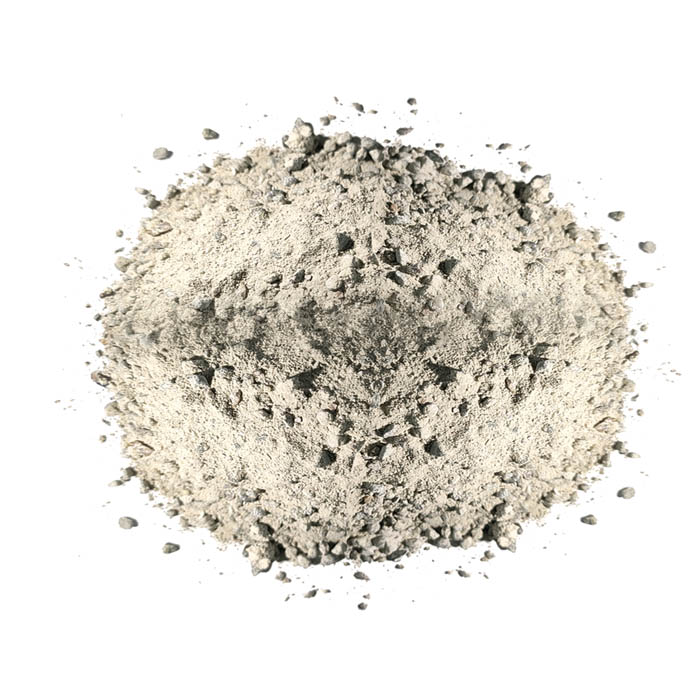Nov . 28, 2024 06:00 Back to list
Producing Premium Quality Steel from Iron Ore Resources for Enhanced Applications
High-Quality Steel Making from Iron Ore
The process of steelmaking from iron ore is a crucial element in modern industrial practices, heavily influencing both the economy and technology of various sectors. High-quality steel, renowned for its strength and durability, is derived from iron ore through specialized techniques that ensure its optimal performance in a variety of applications, from construction to automotive manufacturing.
Iron ore, primarily composed of iron oxides, is the primary raw material for steel production. The most common types of iron ore are hematite and magnetite, which are rich in iron content. The journey from iron ore to steel involves several key steps, including mining, concentrating, reducing, and refining.
The first step in the process is mining, where iron ore is extracted from the earth's crust. This can be done through a variety of methods, including open-pit mining and underground mining, depending on the iron ore deposit's location. Once the ore is extracted, it undergoes concentration. This step involves crushing the ore and separating it from impurities through processes like magnetic separation or flotation, which increase the iron content and enhance its quality.
Following concentration, the next critical step is the reduction of iron ore to produce molten iron. This is typically achieved in a blast furnace, where iron ore is layered with coke and limestone. The coke, a form of carbon, serves as both a fuel and a reducing agent. As the materials are heated in the furnace, the coke reacts with the oxygen in the iron ore, resulting in carbon dioxide and molten iron. The limestone helps to remove impurities by forming a slag, which can be discarded, leaving behind a higher purity of molten iron.
high quality steel making from iron ore

After the reduction process, the molten iron can be converted into steel through various methods. One of the most significant methods is the Basic Oxygen Process (BOP), where oxygen is blown through the molten iron to reduce the carbon content and refine it into steel. This method is efficient and allows for the rapid production of large quantities of steel, making it a popular choice among steel manufacturers.
To achieve high-quality steel suitable for demanding applications, further processes such as alloying are often employed. By adding elements such as manganese, nickel, chromium, and vanadium, steelmakers can enhance specific properties of the steel, such as tensile strength, toughness, and corrosion resistance. These alloying elements allow the production of specialized steels tailored for particular industrial uses.
Quality control is a critical aspect of high-quality steel production. Rigorous testing methods are employed to ensure that the steel meets specified standards. Various tests, including tensile tests and impact tests, are carried out to verify the strength and ductility of the steel, ensuring it can withstand the stresses it will face in application.
Sustainability also plays an increasingly vital role in modern steelmaking. Efforts are being made to minimize environmental impacts through the adoption of cleaner technologies and recycling practices. By utilizing electric arc furnaces and integrating scrap metal into production, steelmakers can significantly reduce energy consumption and lower greenhouse gas emissions.
In conclusion, the journey from iron ore to high-quality steel is a complex and multi-faceted process that combines raw material extraction, advanced metallurgical techniques, and a keen focus on quality and sustainability. As industries continue to demand stronger and more resilient materials, the evolution of steelmaking practices will remain instrumental in meeting these challenges while contributing to global economic growth.
-
Fe-C Composite Pellets for BOF: Enhance Steelmaking Efficiency
NewsAug.07,2025
-
Eco-Friendly Granule Covering Agent | Dust & Caking Control
NewsAug.06,2025
-
Fe-C Composite Pellets for BOF: High-Efficiency & Cost-Saving
NewsAug.05,2025
-
Premium Tundish Covering Agents Exporters | High Purity
NewsAug.04,2025
-
Fe-C Composite Pellets for BOF | Efficient & Economical
NewsAug.03,2025
-
Top Tundish Covering Agent Exporters | Premium Quality Solutions
NewsAug.02,2025
